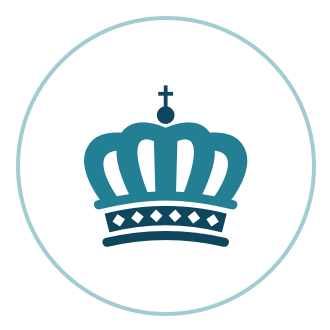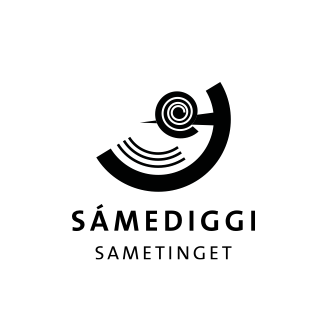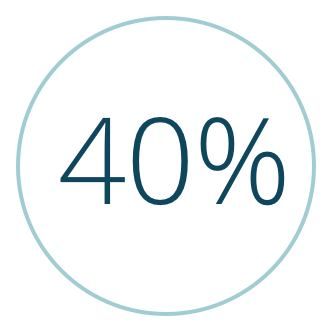Norwegian society
Modern Norway is characterised by a high level of welfare, gender equality and economic stability.
As a nation, Norway’s roots date back to the ninth century. The country gained independence from Sweden in 1905, and since then has been a constitutional monarchy. The Norwegian Constitution of 1814 is the world’s second oldest written constitution that is still in use.
Norway currently has a population of just over five million people. Around 14 % of these people are regarded as immigrants. Norway also has several national minorities, and as a result of globalisation it has become a more multicultural country. The Sami are Norway’s indigenous people, and Sami is an official language in Norway.
Norway has on a number of occasions been ranked the best country to live in, for example by the UN Human Development Index. It is one of the countries in the world with the highest life expectancy, 80.6 years for men and 84.2 years for women. According to the World Bank and the IMF, Norway has one of the highest levels of income per capita in the world.
In Norwegian society, there is close cooperation between the authorities, employers, employees, and civil society. This is often referred to as the ‘Nordic model’. Norway has a large public sector, and as a result relatively high tax rates. On the other hand, health and welfare services and education are publicly funded. 32.9 % of the population have a university or college education.
Long-term management of abundant natural resources
The Norwegian economy has long been based on the exploitation of natural resources, such as hydropower, minerals and fish. The 1960s saw the emergence of the Norwegian oil and gas industry. Today, Norway is the world’s third largest exporter of gas. It is also among the world’s leading producers and exporters of fish and seafood. Norway has an open economy, based on extensive trade.
The Norwegian authorities manage Norway’s oil and gas revenues to the benefit of society as a whole. A large proportion of these revenues is channelled into Norway’s sovereign wealth fund, the Government Pension Fund Global. When the oil runs out, the returns from the Fund will continue to provide substantial revenues that can then be used to benefit the population.
Global climate change is making it necessary for countries all over the world, including Norway, to adapt. Norway has signed and ratified the Paris Agreement, and we have made a commitment to reduce greenhouse gas emissions by 40 % by 2030.

Monarchy
King Harald and Queen Sonja ascended to the throne in 1991. Crown Prince Haakon is heir to the throne. He married to Crown Princess Mette Marit.

Democracy
The Storting – the Norwegian parliament – is made up of 169 representatives who are elected every four years. Since the Second World War, the average voter turnout in parliamentary elections has been around 80 %.

Sámediggi
The Sámediggi (Sami parliament) is a representative body for the Sami in Norway. The Sámediggi seeks to strengthen the political position of the Sami and to promote their interests.
Equal rights and opportunities
The modern welfare state is firmly based on values such as equality and equal rights. All citizens have the same rights, regardless of gender, sexual identity, ethnicity or functional capacity. According to international rankings, Norway is at the forefront internationally in terms of gender equality and living standards. Around 70 % of women participate in the workforce. A high degree of gender equality is one of the reasons for Norway’s strong economic growth and steady improvement in living standards since the 1960s.

Paternity leave
Norwegian parents are entitled to 12 months leave in connection with the birth of a child. Ten weeks of this leave are reserved for fathers.

40 % female board membership
Under Norwegian law, women are to make up at least 40 % of boards in publicly-owned enterprises and privately-owned public limited companies.

The Government Pension Fund Global
The Government Pension Fund Global is one of the world’s largest sovereign wealth funds. It has invested in more than 9 000 companies in more than 70 countries.